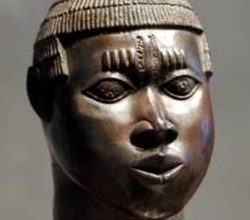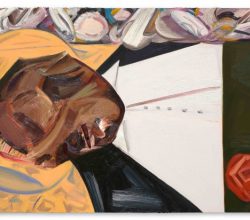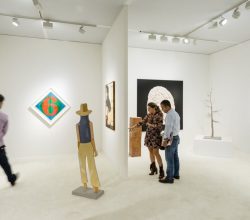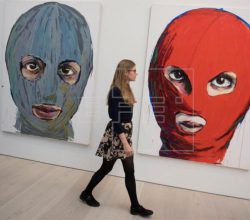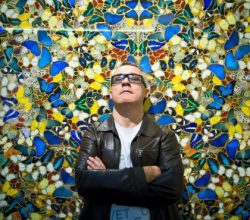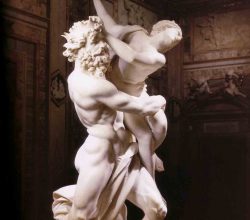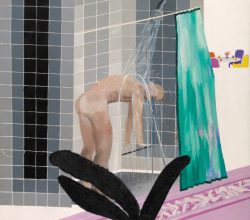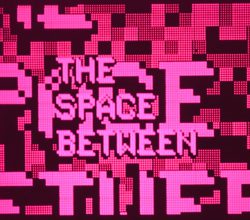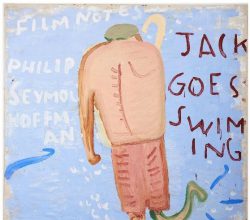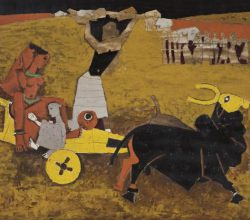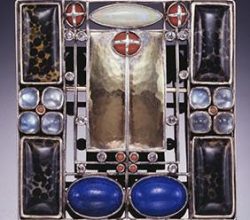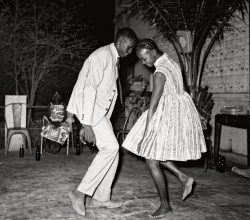
Lubaina Himid – the Turner Prize winner on art and why it matters
Chris Bond | The Yorkshire Post | 6th December 2017
How important is Britain’s Turner Prize for contemporary art? It boosts a particular artist, but beyond that? Himid, widely seen as a deserving recipient, thinks its significance is that it’s a celebration of culture. “I think ordinary people understand how important culture is to our lives, it’s policy makers that try and strangle it, cut it, or ignore it. But people on the street get it.” More images are here.

